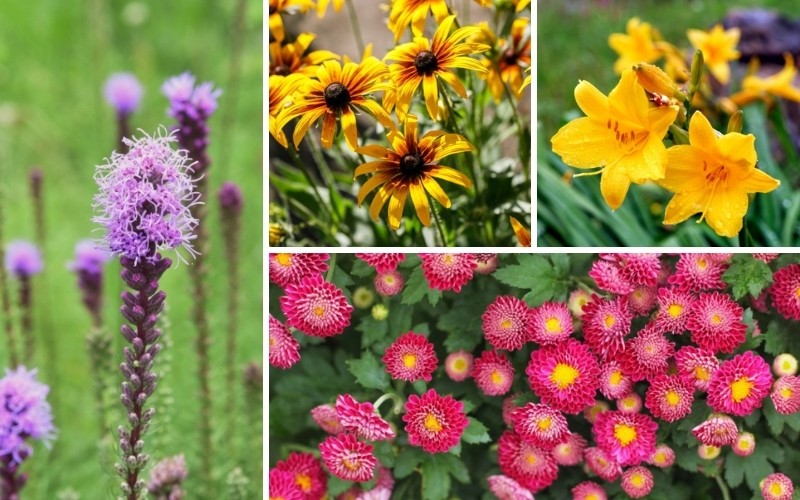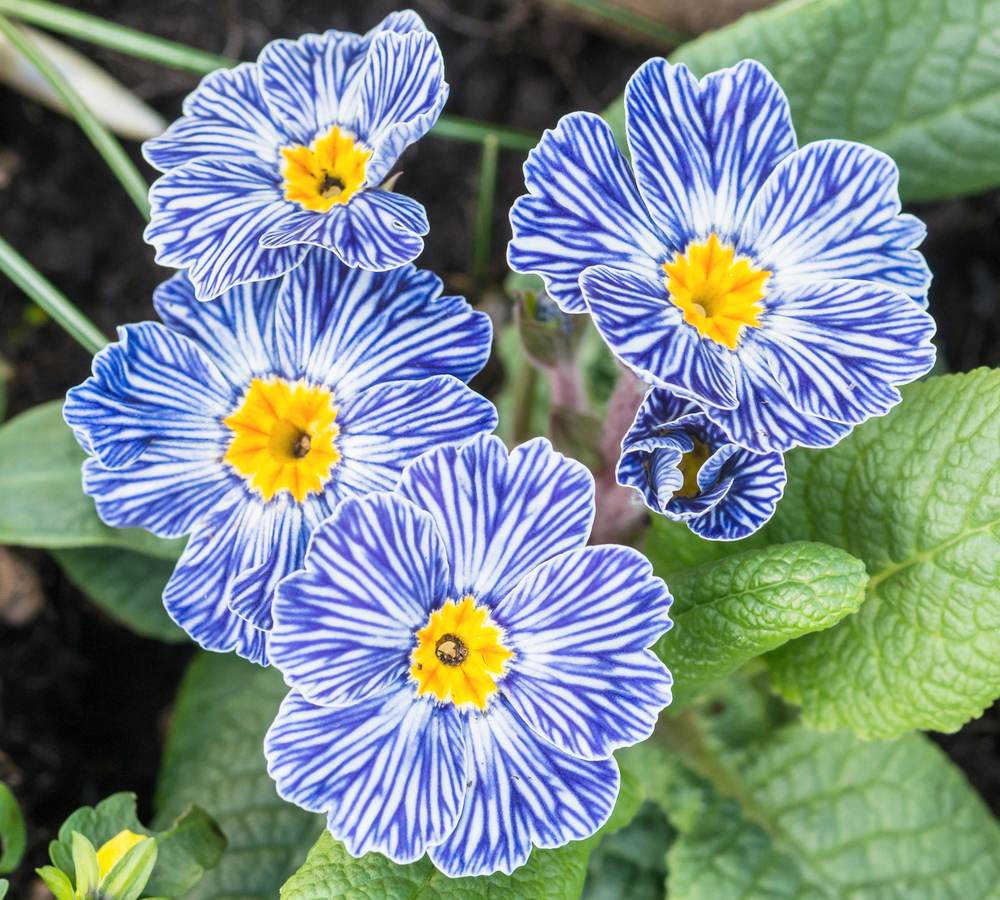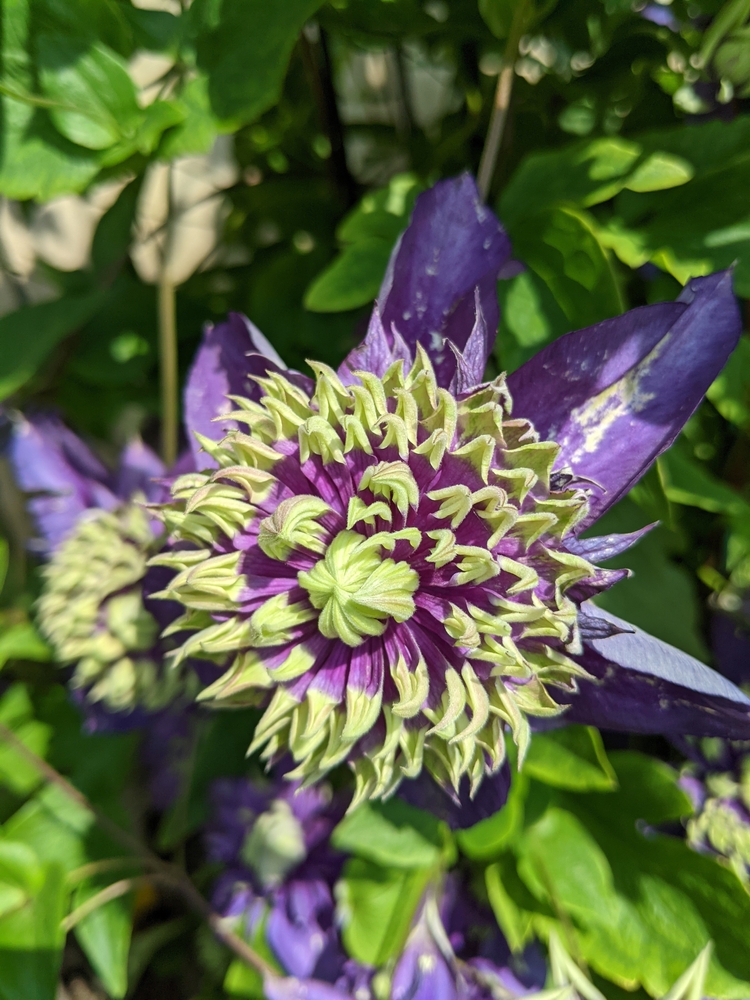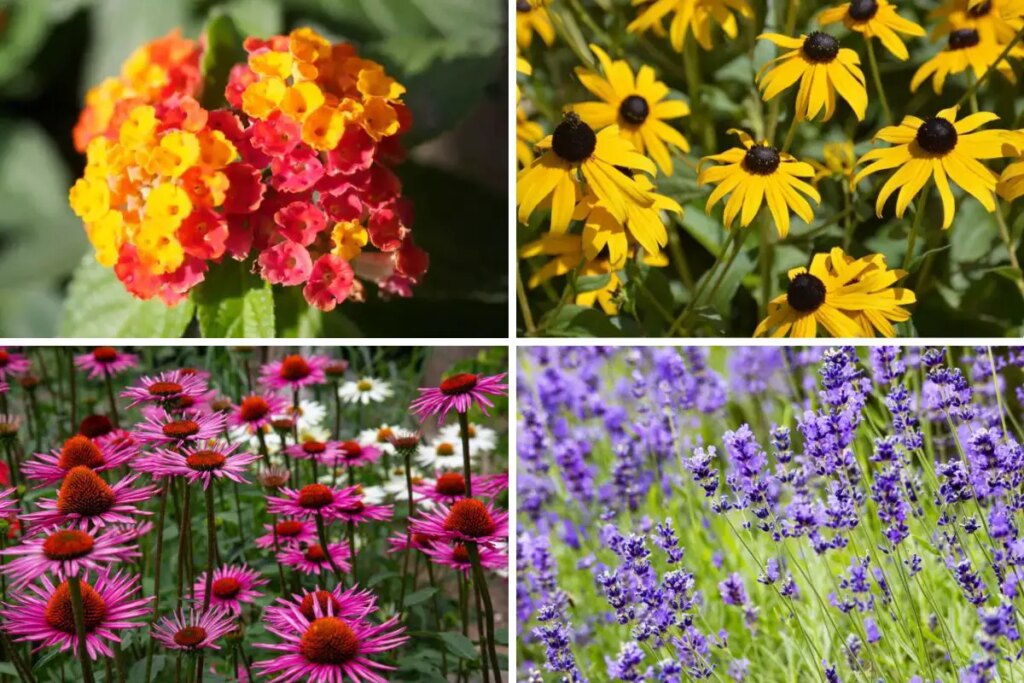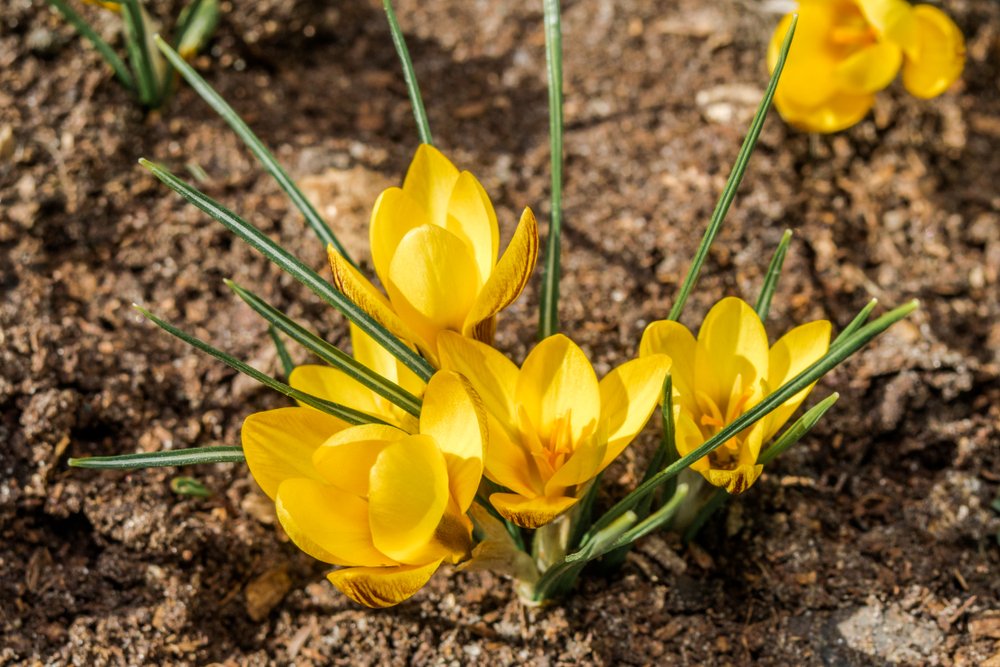
As autumn approaches, it’s time to think about adding some vibrant colors to your garden, and crocuses offer the perfect solution.
These charming, cup-shaped flowers are not only beautiful, but also provide many benefits beyond their delightful appearance. So, let’s explore why you should consider planting crocus bulbs this fall.
Crocuses are well-loved for their vibrant, early-spring blooms, which can be a much-needed reminder that winter’s chill is slowly retreating.
With a variety of colors and sizes to choose from, you can mix and match these lovely flowers to create a stunning garden display.
Additionally, crocuses are remarkably hardy and adaptable, making them suitable for a range of climates and environments.
Moreover, crocuses are low-maintenance plants that require minimal care, making them an ideal choice for both gardening novices and seasoned green thumbs.
By incorporating crocuses into your fall planting plans, you’re investing in a beautiful and effortless garden that will bring joy for years to come.
Read on to learn about five compelling reasons to make crocus bulbs part of your landscape.
Why Crocus?
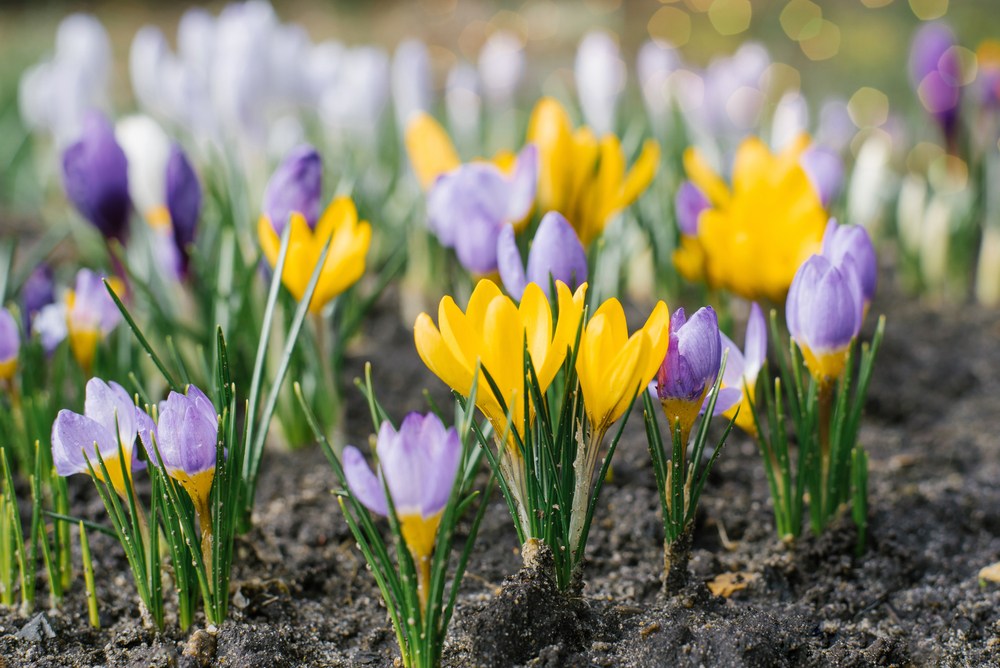
Crocus flowers are the perfect addition to your garden this fall, thanks to their unique blooming schedule and incredible color variety. Let’s dive into these primary reasons for planting crocus flowers this season.
Blooming Schedule
One of the key reasons to plant crocus flowers this fall is their ability to bloom in early spring. When most of your garden is still dormant, crocuses provide a burst of color and life. These early bloomers signal the end of winter and the beginning of a new gardening season. Their hardy nature also means they can withstand colder temperatures and frost, making them an ideal choice for gardens in various climates.
Color Variety
Crocus plants offer a stunning variety of colors that brighten up your garden. You will find a spectrum of shades, from purple and white to yellow and even striped varieties. With such a diverse selection, you can easily mix and match crocus flowers to create a truly unique and visually appealing garden display. Their vibrant colors will be a welcome sight as you eagerly await the arrival of spring. Additionally, planting a mix of crocus varieties can extend the blooming period, providing a longer display of color and charm in your garden.
Easy to Plant
Crocus bulbs are incredibly easy to plant. This makes adding these lovely flowers to your garden a breeze. The fuss-free planting process ensures that you’ll enjoy vibrant blooms next spring.
Low Maintenance
Crocus bulbs require minimal care, which is great for busy gardeners. To plant, simply dig a hole 3 to 4 inches deep, place the bulb in with the pointed end facing up, and then cover with soil. You can even plant them in clusters for a more striking display. Some additional benefits include:
- Naturalizing: Crocuses will multiply over time, creating a dense, colorful carpet.
- No need for constant watering: These hardy flowers can manage with minimal moisture.
- Few pests or diseases: Crocus plants are generally pest and disease-free.
Tolerance Against Weather Conditions
Crocus flowers can withstand various weather conditions, making them a versatile addition to your garden. These adaptive plants can handle:
- Cold temperatures: Crocus bulbs are frost-tolerant and can survive even in freezing weather.
- Wet environments: Despite being drought-tolerant, crocuses can also withstand periods of heavy rainfall.
- Shade tolerance: While they thrive in full sun, crocuses also grow well in partly shaded areas.
By planting crocus bulbs this fall, you’re setting yourself up for a beautiful and low-maintenance spring garden. The colorful, easy-to-grow flowers will definitely be a rewarding addition to your outdoor space.
Benefits to Biodiversity
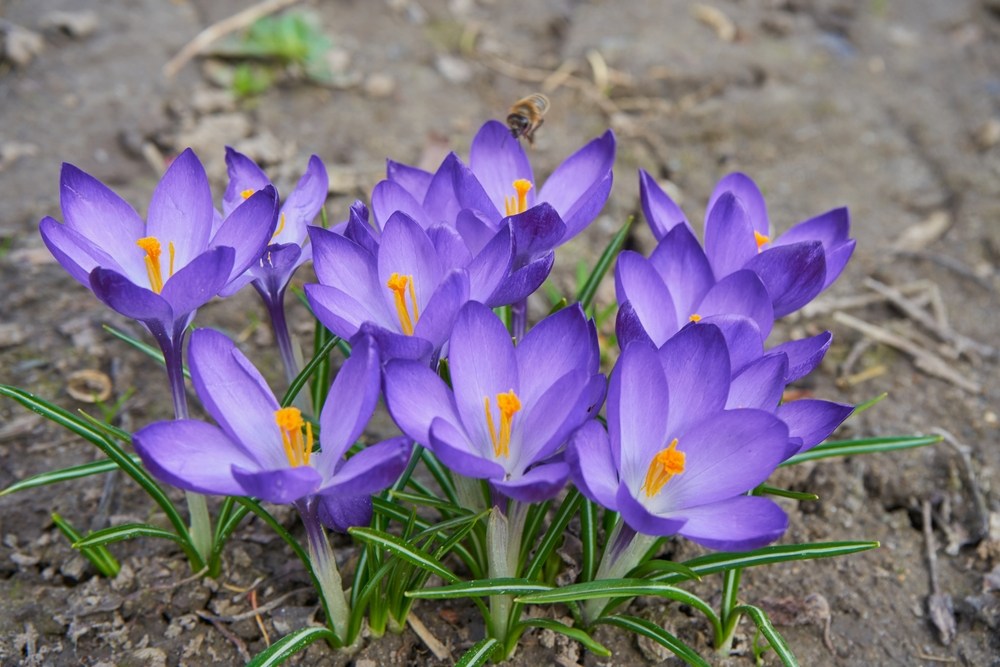
Attracts Pollinators
Planting crocus in your garden this fall can provide significant benefits to local biodiversity. One of the main reasons is that they attract pollinators such as bees and butterflies. These beneficial insects are essential for the pollination of various plants, contributing to a healthy ecosystem. By planting crocuses, you’re creating a welcoming environment for these crucial pollinators.
Crocuses bloom earlier than most other flowers in spring, making them an essential source of food for pollinators when other blossoms may not yet be available. This early blooming makes your garden an attractive place for pollinators and helps support their populations.
Provides Early Spring Nectar
Another advantage of planting crocuses in your garden is that they provide a valuable source of early spring nectar for pollinating insects. When crocuses bloom, they offer a nutrient-rich nectar, which is essential for the survival of many pollinators during the early stages of spring when other food sources are scarce.
By providing this vital nectar, you’ll be giving pollinators like honeybees a much-needed boost, ensuring that they thrive through the season and continue their essential work. In turn, these pollinators will help your other plants to develop and contribute to the overall health of your garden’s ecosystem.
In summary, by planting crocuses in the fall, you’ll not only enjoy their beautiful blooms in the spring but also support your local biodiversity by attracting pollinators and providing them with essential early-season nectar. So, go ahead and add these colorful flowers to your garden this fall and make a positive impact on the environment around you.
Crocus Varieties
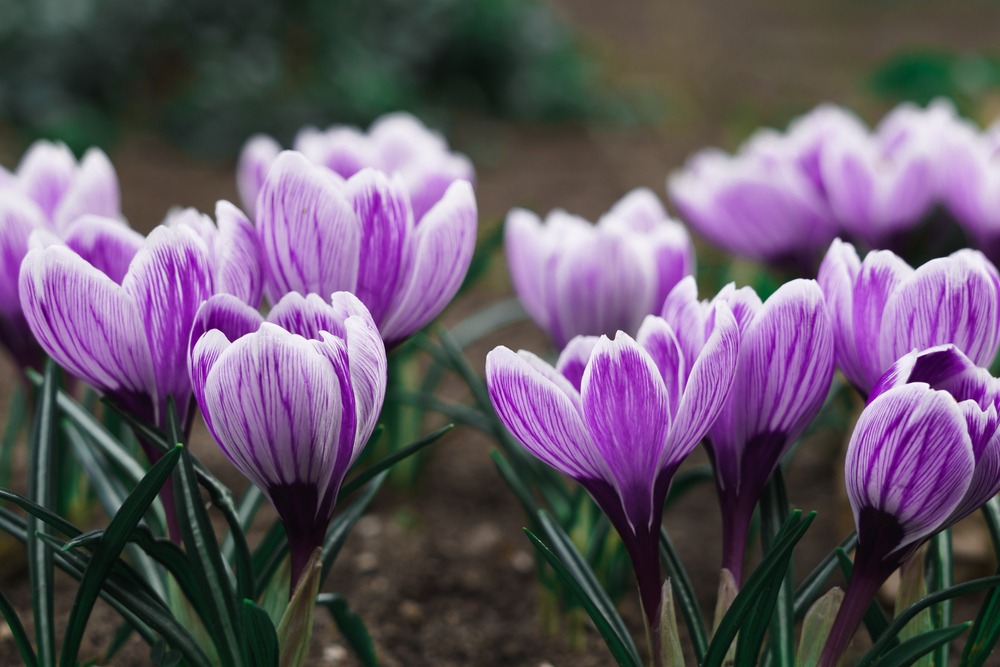
There are several varieties of crocus that you can plant to add a touch of color to your fall garden. In this section, we’ll focus on three popular types: Crocus sativus, Crocus vernus, and Crocus chrysanthus.
Crocus Sativus
Crocus sativus, also known as saffron crocus, is a unique and beautiful variety. When planting this type, you’ll not only be adding vibrant colors to your garden, but also the opportunity to harvest your very own saffron! Here’s what makes this variety stand out:
- Produces lovely purple flowers with crimson stigmas
- Harvestable saffron, the world’s most expensive spice, comes from the stigmas
- Blooms in the late fall, adding a pop of color to your garden
- Prefers well-drained soil and full sun
Crocus Vernus
Crocus vernus is also known as the spring crocus, even though you’ll be planting it in the fall. This variety is known for its large, showy flowers that bring an early burst of color to your garden after the winter months. Here’s what sets it apart:
- Blooms in early spring, providing a welcome sight after the cold winter
- Offers an array of vibrant colors, including purple, white, and yellow
- Grows well in most soil types and can tolerate partial shade
- Attracts bees and other pollinators, promoting a healthy ecosystem in your garden
Crocus Chrysanthus
Finally, Crocus chrysanthus, or snow crocus, is another excellent variety to consider planting this fall. With its delicate, smaller flowers, this type will add a subtle beauty to your garden. Here’s what you can expect from this variety:
- Flowers in late winter to early spring, creating a lovely transition between the seasons
- Boasts delicate, smaller blossoms in shades of yellow, white, and purple
- Resilient in various soil types and can thrive in partial shade
- Attracts pollinators like bees and butterflies, supporting biodiversity in your garden
By choosing one or more of these crocus varieties, you’ll ensure a beautiful and lively garden with blossoms from late winter to early spring. Happy planting!
Visual Impact
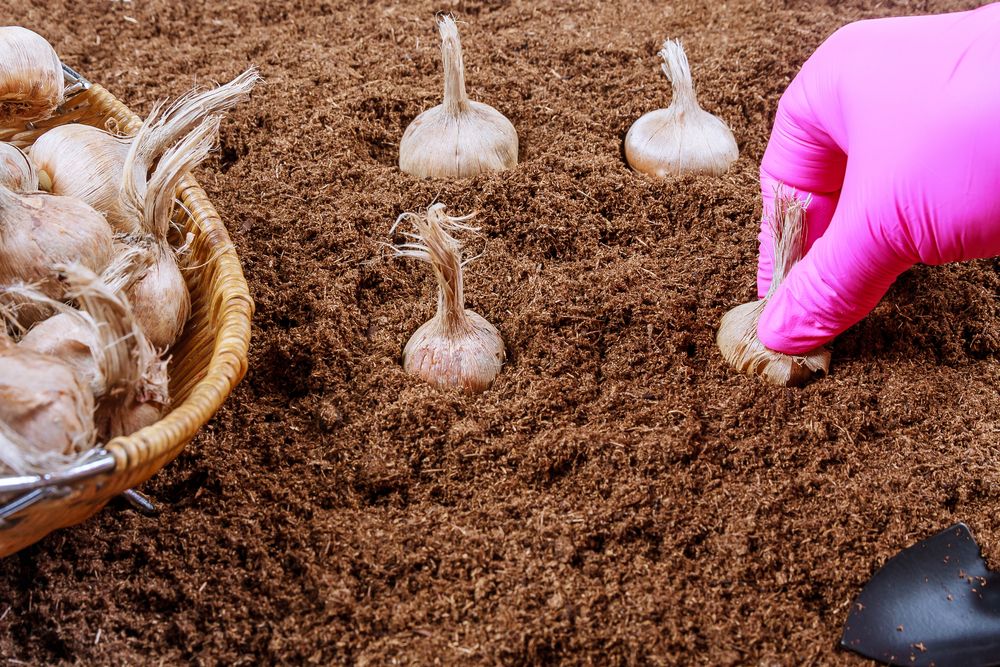
Landscaping Aesthetics
Crocus flowers can significantly enhance your garden’s beauty with their vibrant colors and unique shape. Planting crocus bulbs in the fall gives you a head start on a splendid spring display. Imagine your garden adorned with the softest hues of purple, white, and yellow as the snow melts away. Crocuses create a lovely contrast against the backdrop of green foliage, giving your garden an energetic and refreshing look.
Let’s get those creative juices flowing:
- Plant crocuses at the front of borders or along pathways to add a burst of color.
- Mix crocus varieties for a more diverse visual palette.
- Create eye-catching patterns and swaths of crocuses in your garden for a more appealing landscape.
Indoor Pot Planting
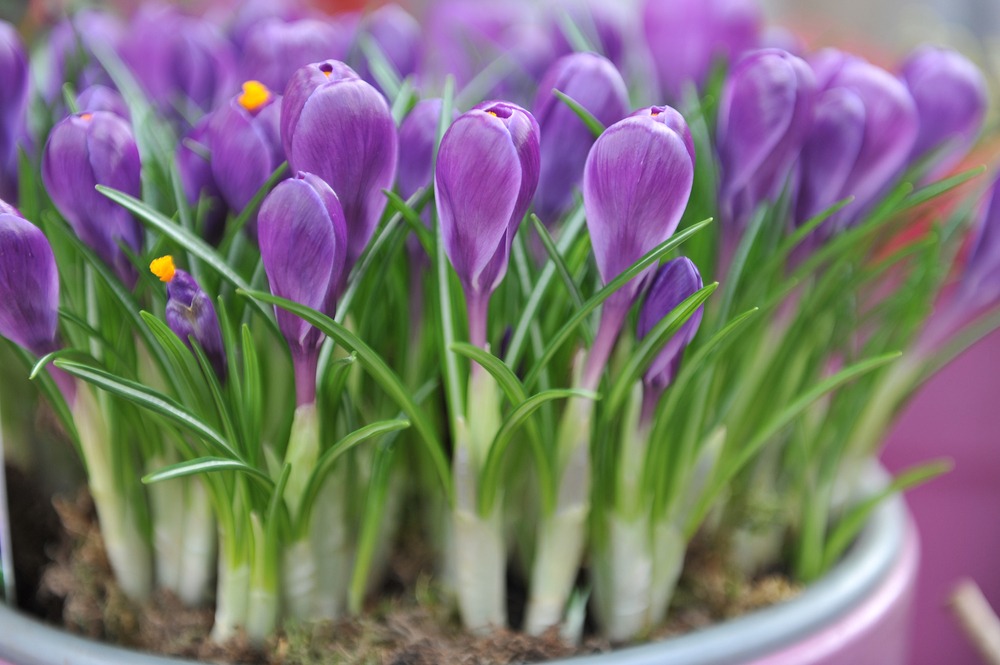
If you don’t have a garden, worry not! Crocuses are also excellent for indoor pot planting. Enjoy the visual impact of these captivating flowers right in your living space or on your windowsill.
To make your indoor pot planting experience a breeze, here are some tips:
- Use a pot with good drainage holes, as crocuses don’t like sitting in soggy soil.
- Plant your bulbs closely together for a more dramatic display.
- Place your pot in a location that gets plenty of sunlight – crocuses love to soak up the rays.
Enjoy the visual impact of crocuses as they brighten up your indoor living space and bring the charm of spring right into your home.

